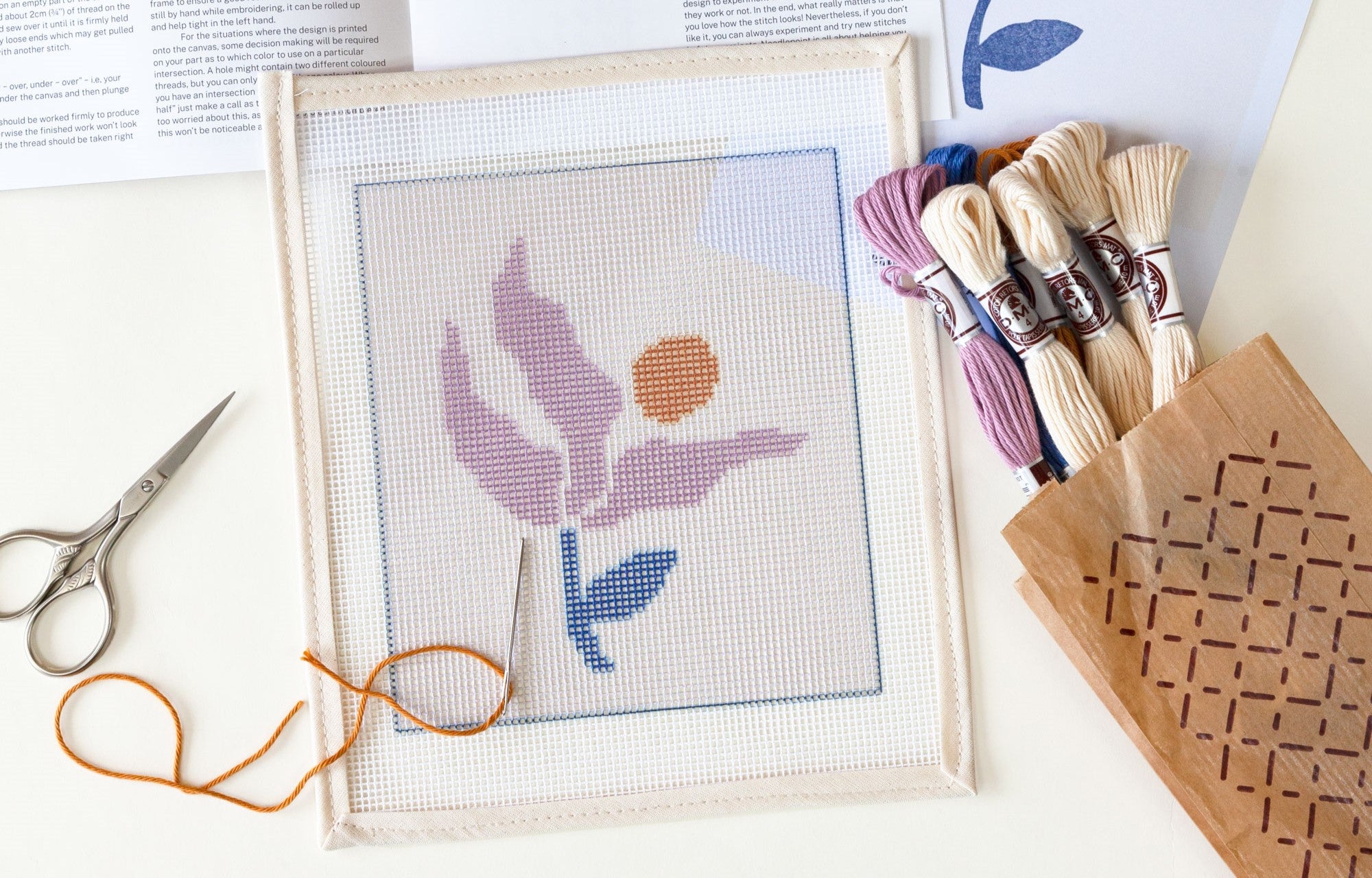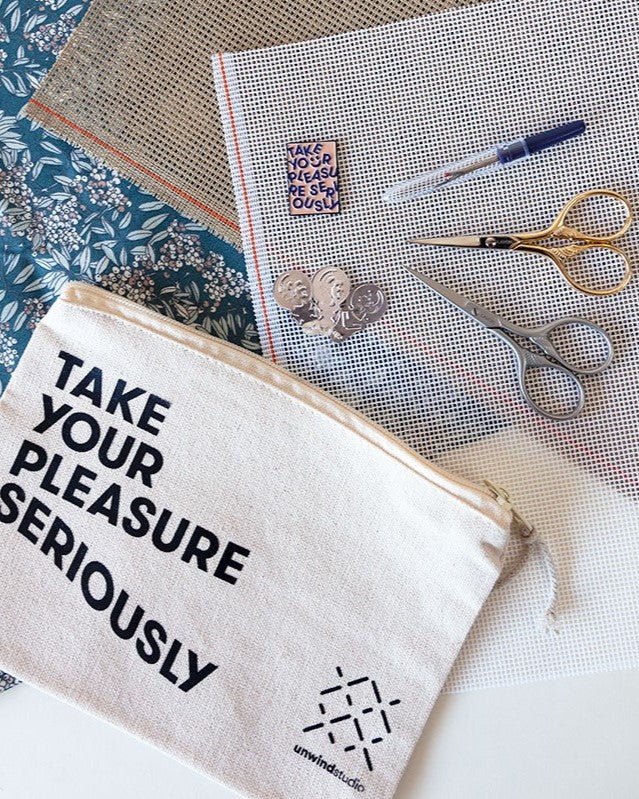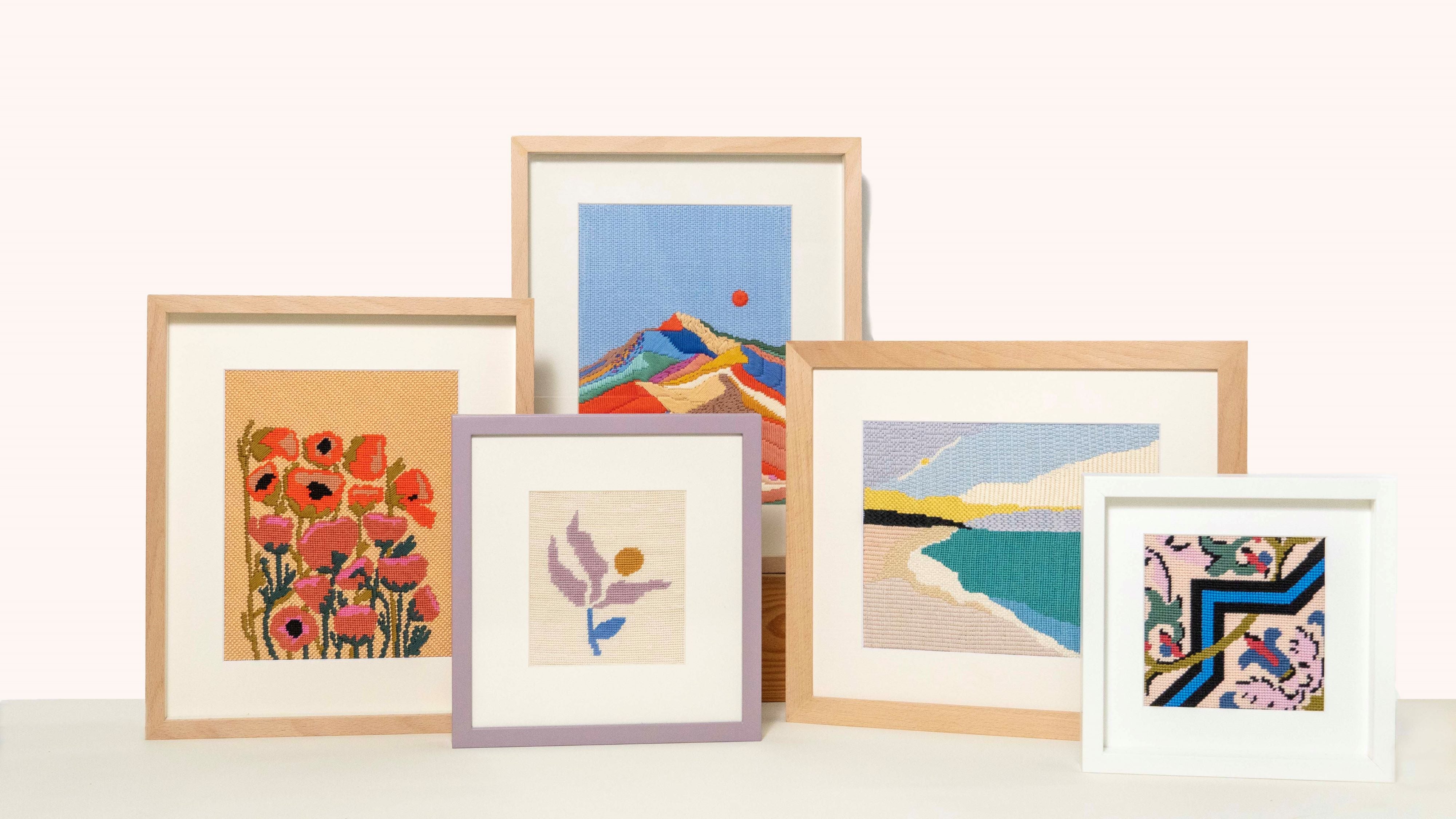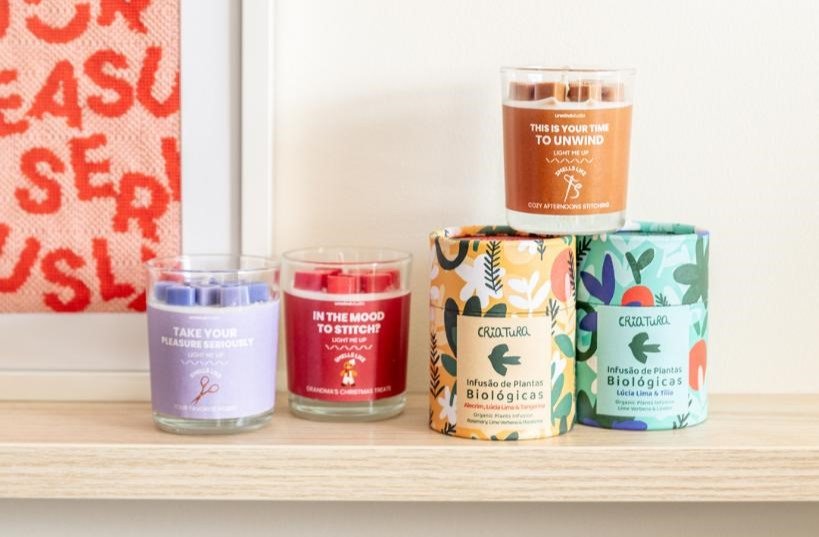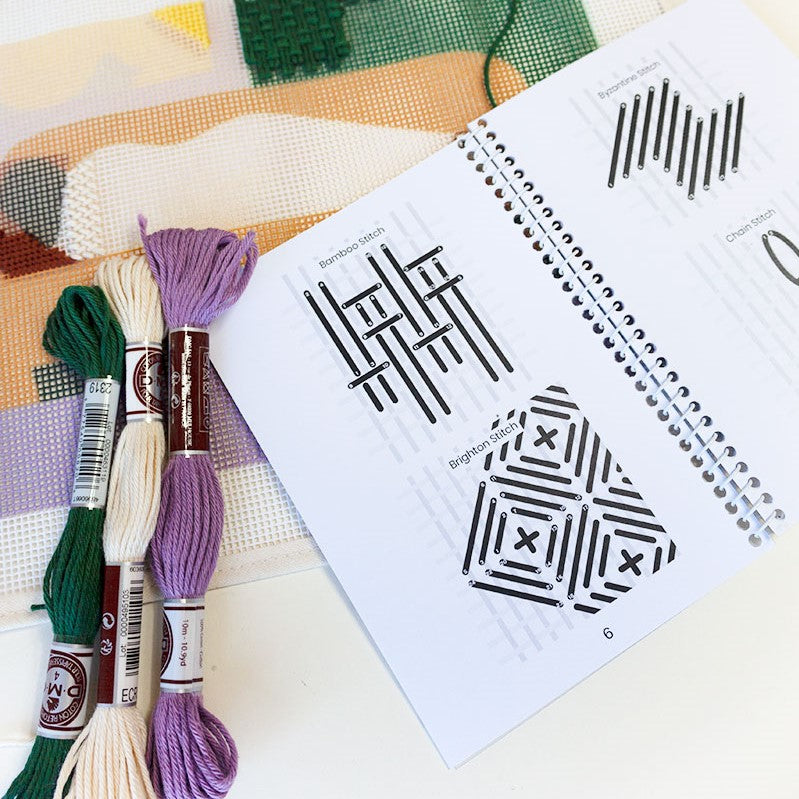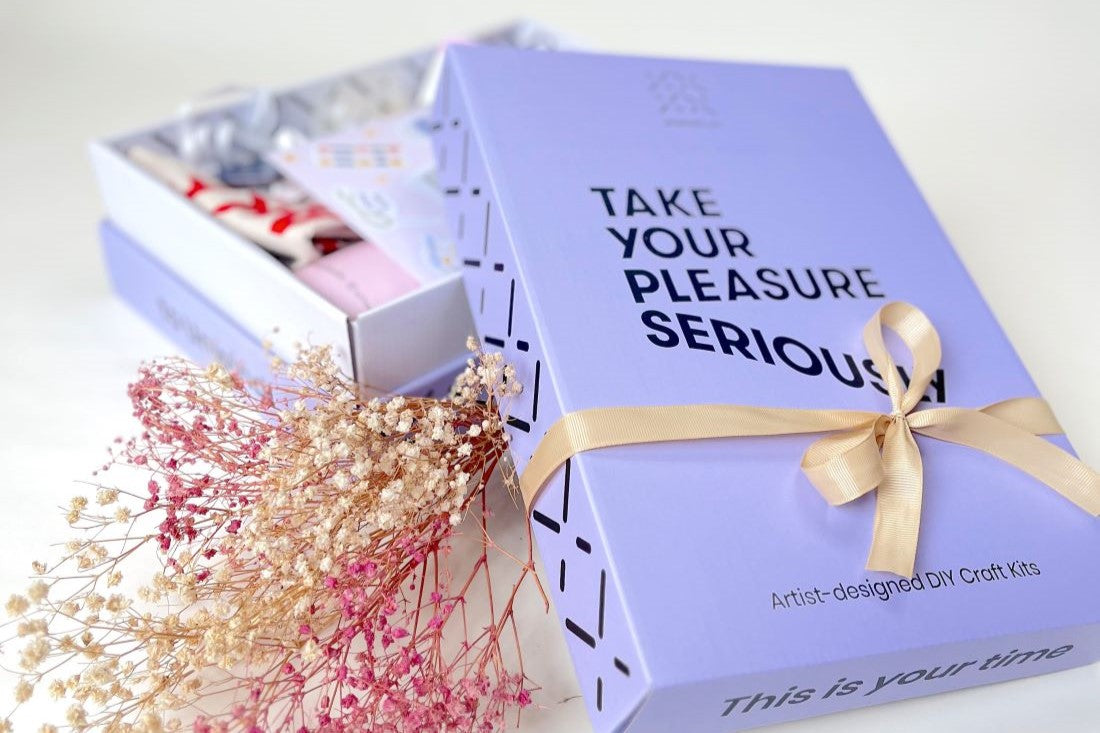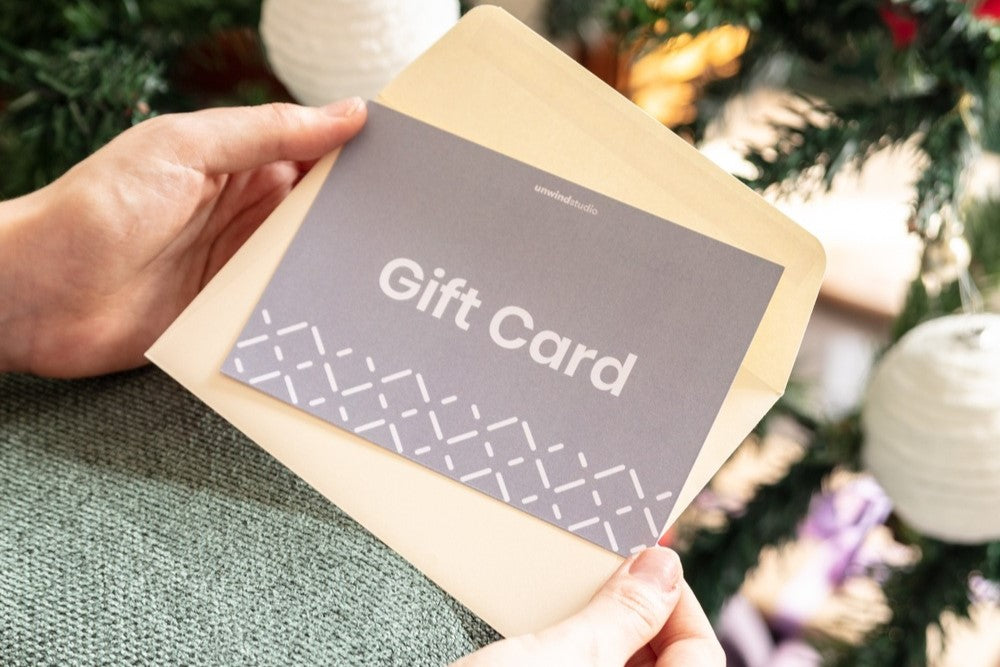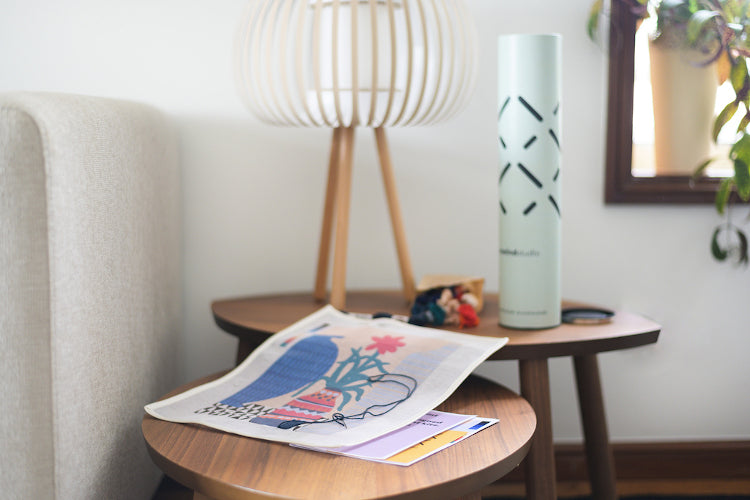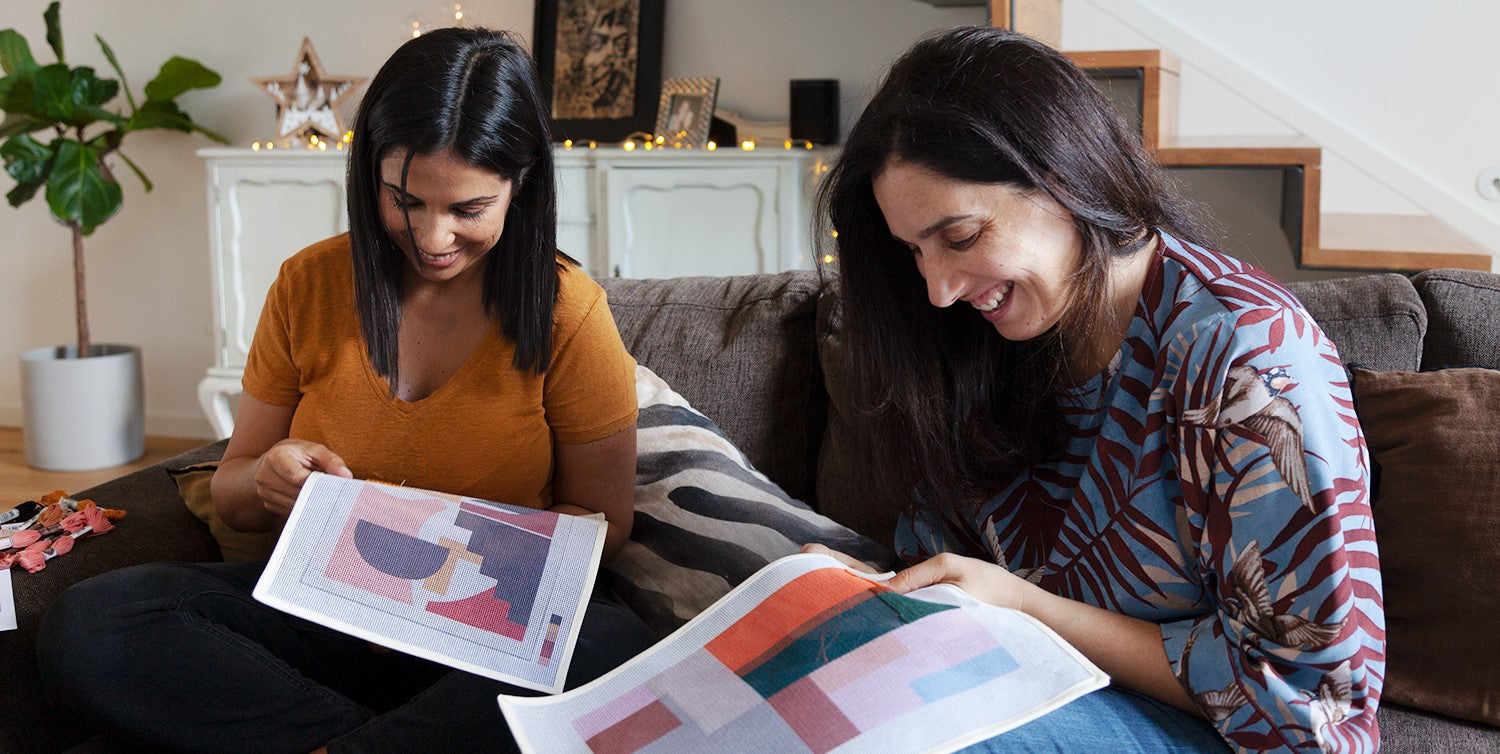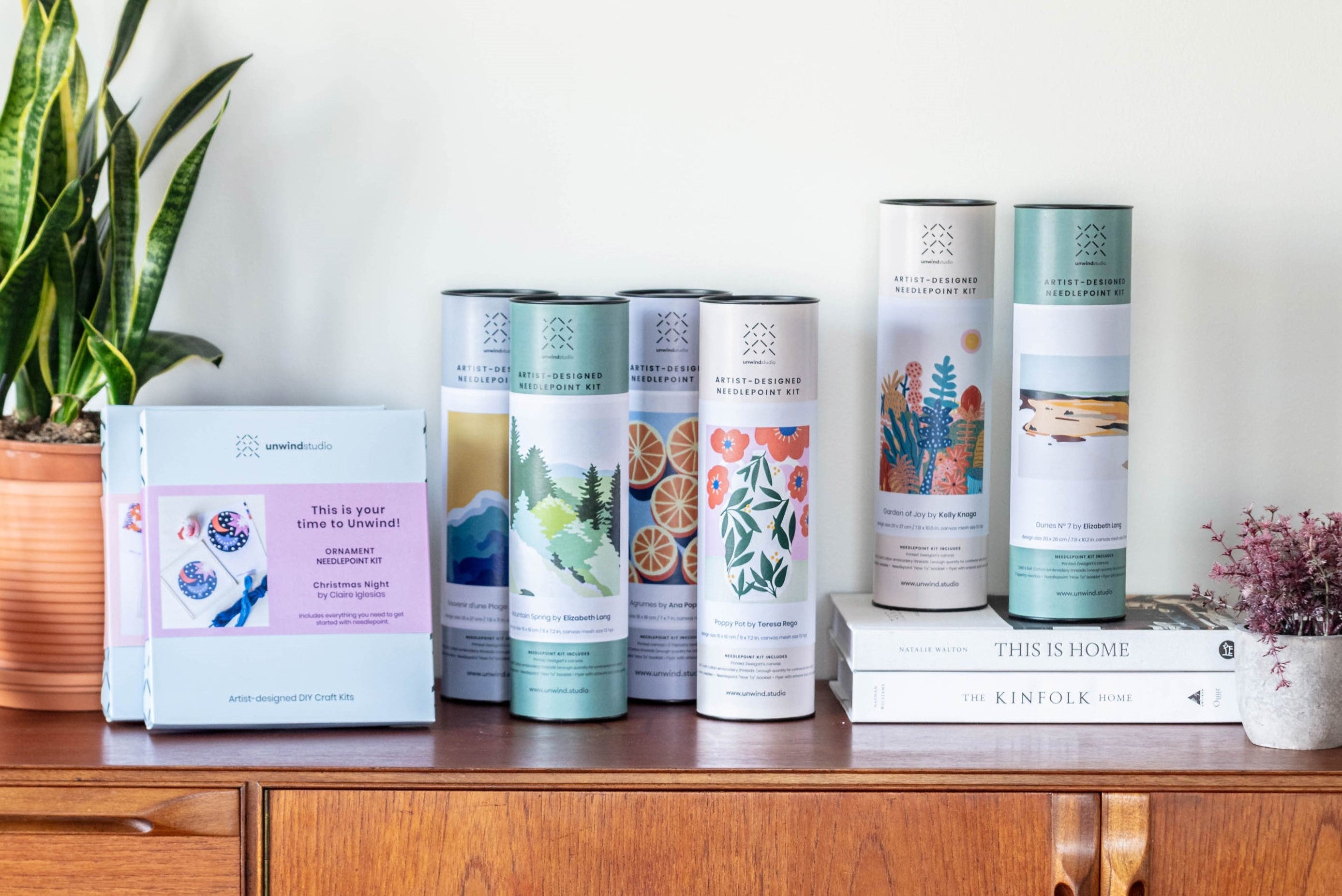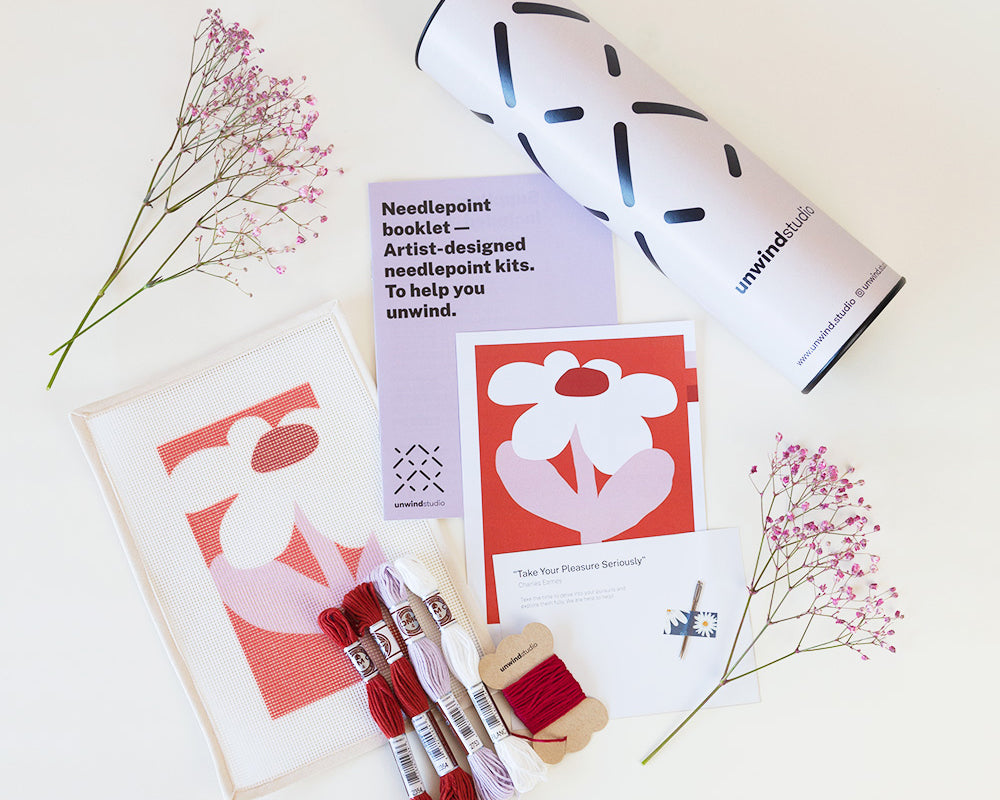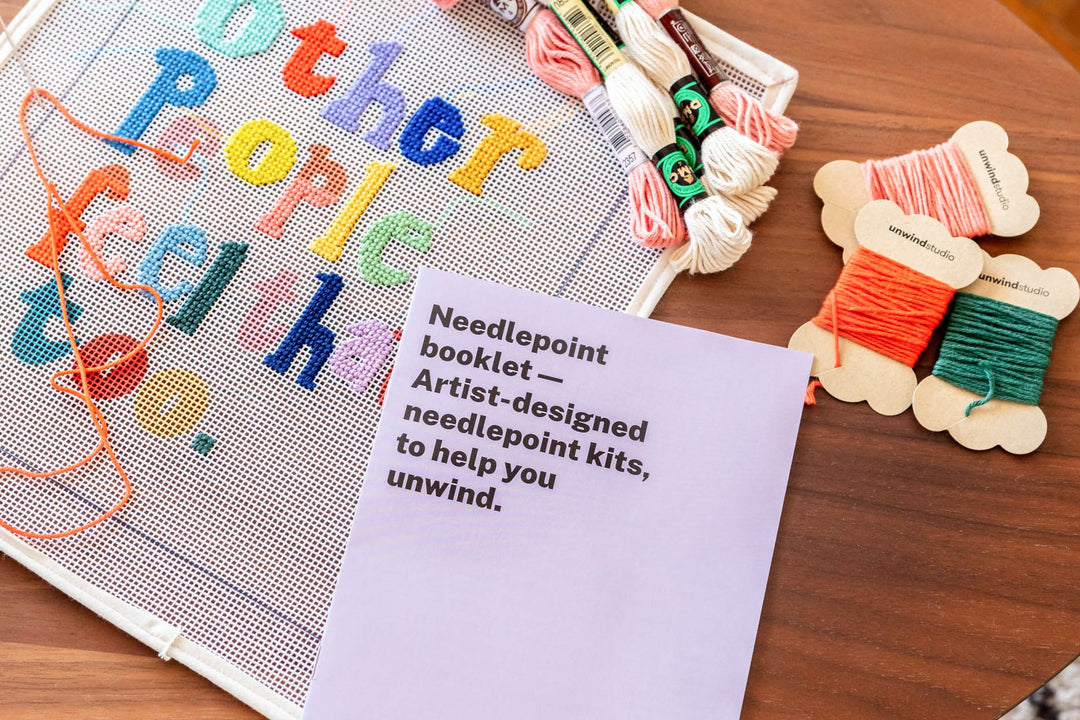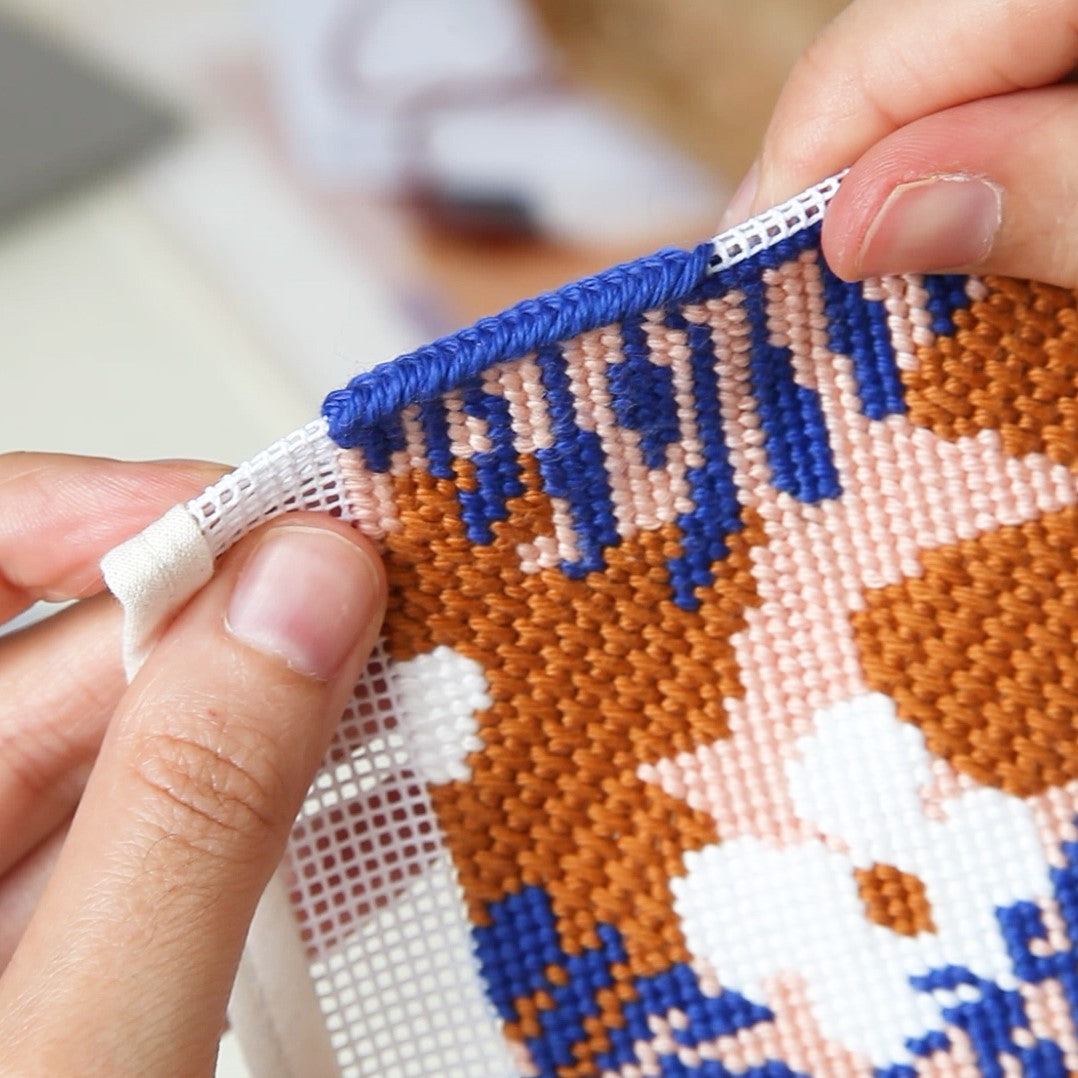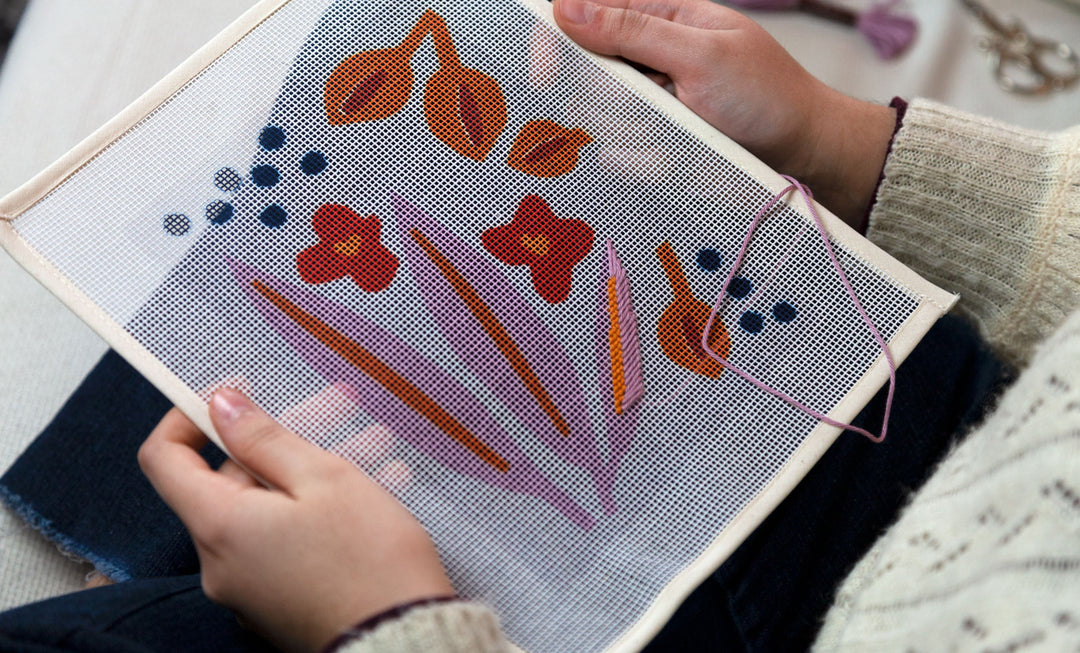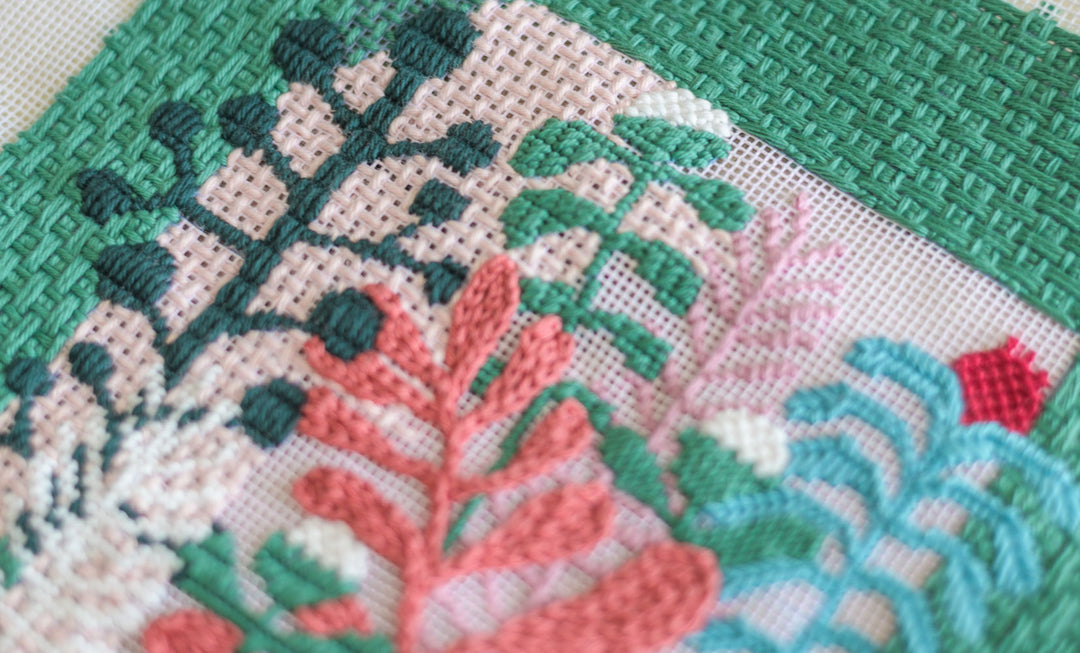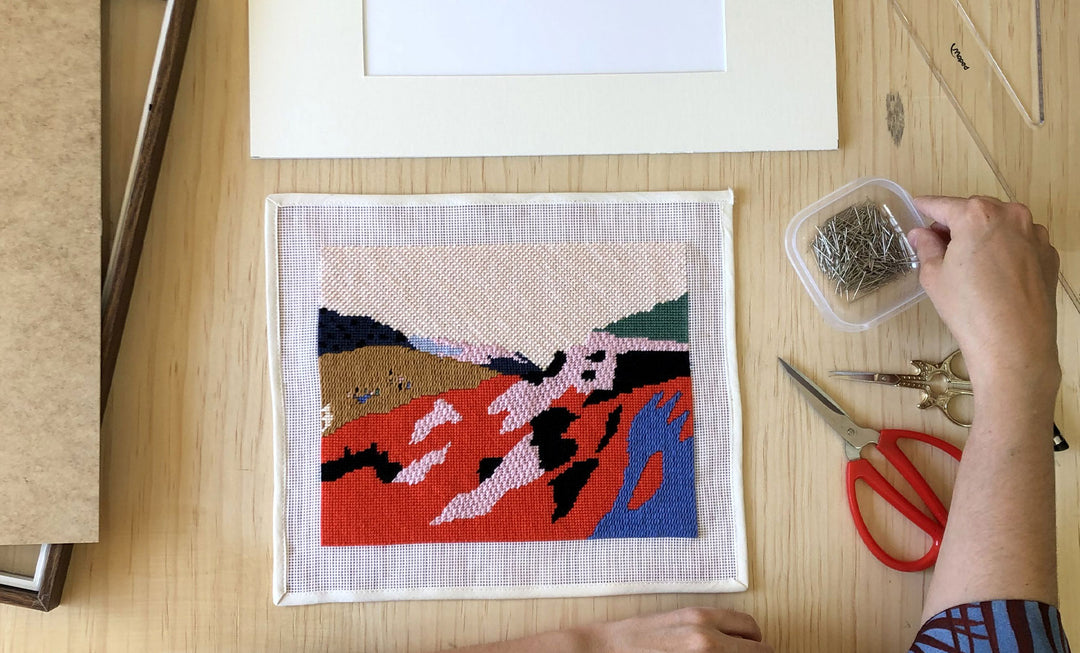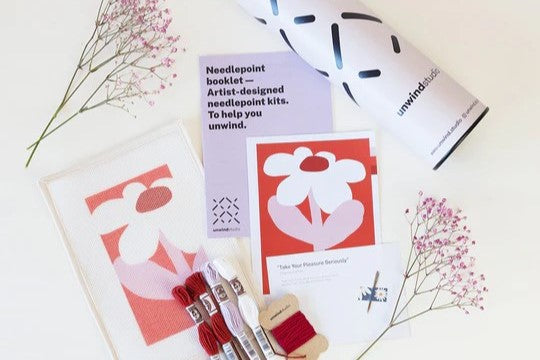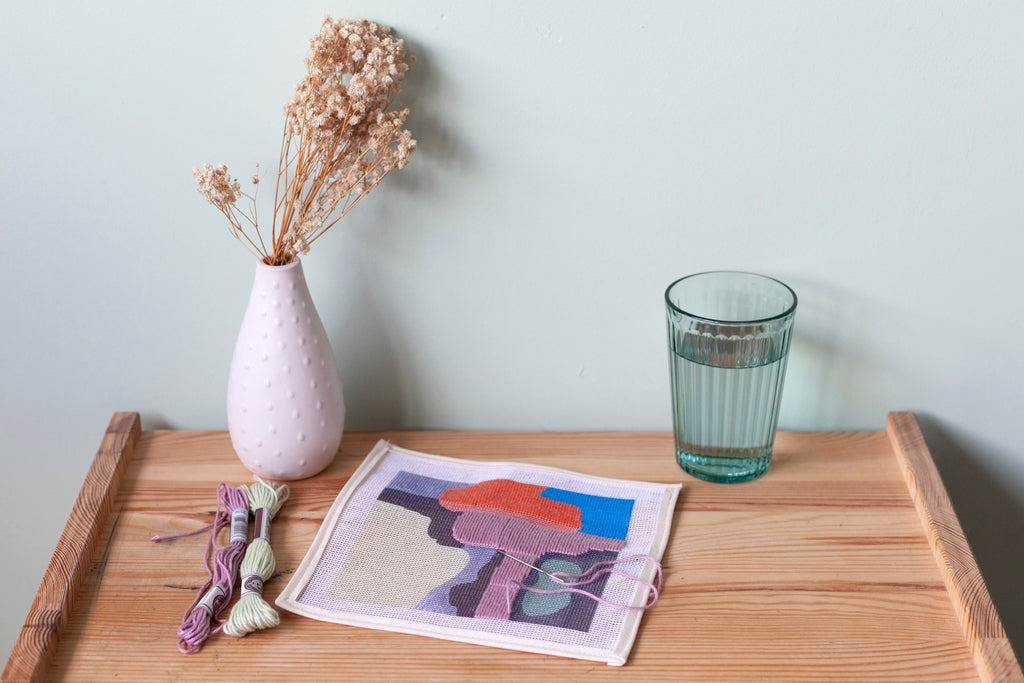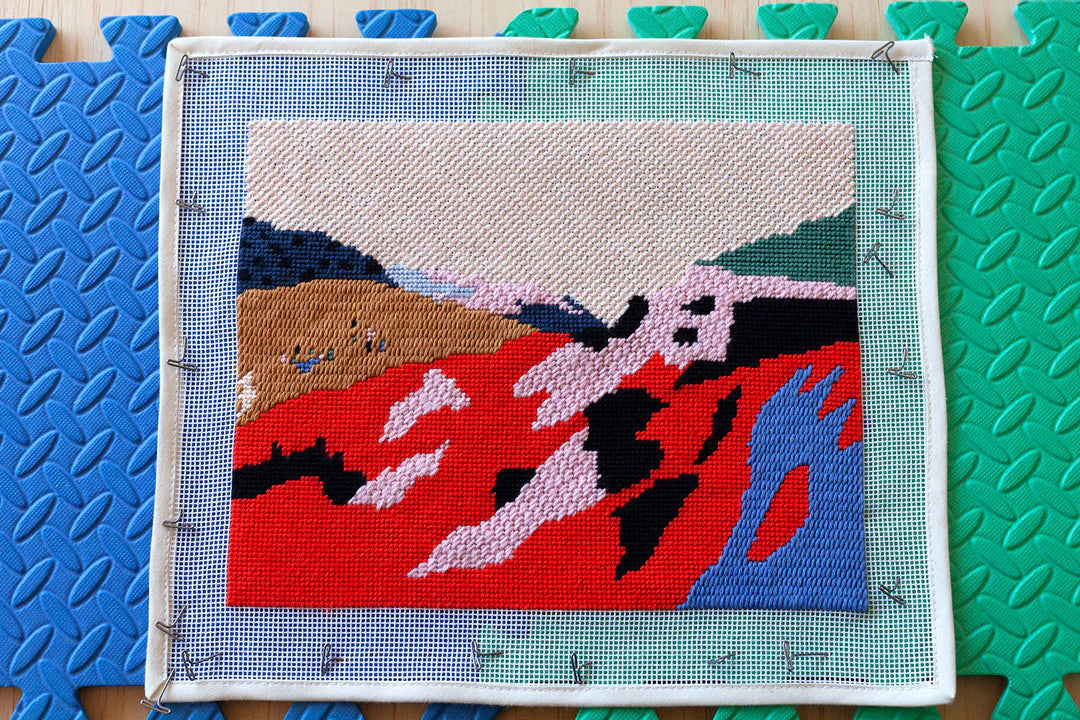Starting a new craft can be a bit tricky, but overall it’s an exciting experience! Crafts are a great way to relax after a long day, as well as to explore and express your creative side, while creating something that will last for a long time.
Here are some of our tips for needlepoint beginners, or anyone who finds them helpful :)
Don’t be afraid to start
Practice makes perfect, and mistakes are fixable. You will never know if you’ll end up loving needlepoint if you don't start. Needlepoint can be an affordable craft, and an easy one to learn too. Start small, with the basic tools and materials, and as you get more confident you can upgrade to more premium ones.
Read, Watch & Learn
No one is born knowing how to do everything, so watch our video tutorials online, and read our blog with lots of needlepoint related content and information. Ask for help when you can and need to, and communicate with the needlepoint community through social media.
It's important that you figure out the basic steps before you start adventuring in the world of needlepoint, like how to thread the needle, how to start and finish the thread, and the correct length of thread to use. You can find out step by step instructions on our "How to Needlepoint" page! Although it's essential to learn as you go, it makes it easier if you get some of the basic mistakes out of the way first.
Stills from our video tutorial "Needlepoint Stitching Basics". Steps: cutting the thread, threading the needle and stitching.
Go for Beginner Friendly
Start with smaller canvases, with a small amount of colors and few shading/detail. The areas of each color should be big enough that you can practice a stitch without having to change the thread all the time. This will be your first project, so choose a design that you like, and will not get tired of seeing. Here you can find our needlepoint kits for beginners, with simple and fun designs!
Needlepoint kits shown in the picture (from left to right): "Mickebana Trio", "Paper Flowers", "Sunny Sunday".
Inspiration is everywhere
Look for needlepoint inspiration and finished projects to motivate you to continue. You can find inspiration everywhere online, like Instagram, Pinterest, etc. But you can also find it in real life things, like art, patterns and landscapes, for example. Try to look around, taking note of what catches your eye and motivates you to create!
Relax and have fun with it!
Starting a new craft doesn't have to be a serious thing, you can experiment, take your time, and find out your own preferences and techniques as you go. You can start stitching in your free time, and you'll get the hang of it in no time. It should be an enjoyable experience that allows you to create something unique, so don't get too stressed over it.
 Needlepoint kits shown in the picture (from left to right): "Moroccan Dream (discontinued)" and "Barragán Needlepoint Kit"
Needlepoint kits shown in the picture (from left to right): "Moroccan Dream (discontinued)" and "Barragán Needlepoint Kit"
Here are some more practical needlepoint tips:
- Choose a canvas with lower hpi (holes per inch)/ "mesh" size, which refers to how many holes per inch there are on the canvas. The lower the "mesh" size, the larger the squares and holes between the canvas strands. Canvases with larger holes, like 10/12/13 hpi, are better for beginners, because you can se more clearly where you have to stitch;
- Choose an easy thread to start with: pick a thread that doesn't require laying, or separating individual threads (single ply threads), like our DMC Soft Cotton (Retors Mat) threads;
- Try to master handheld stitching, or use a needlepoint frame (read all about needlepoint with or without a frame here);
- Use a pouch or a tube to keep your supplies and tools. You can also use a needle minder (magnetic pin) to keep from losing your needle as you stitch;
- Start with the basic stitches: begin by getting the hang of the basic stitches, like the tent stitch and its variations, and then you can start moving up to more complex and decorative stitches. Also, take a look at our tips on selecting needlepoint stitches.
Now you are more than ready to start your needlepoint journey, so don't be afraid to experiment and make mistakes, because you'll get better and more confident as you go, and you'll have fun doing it!


